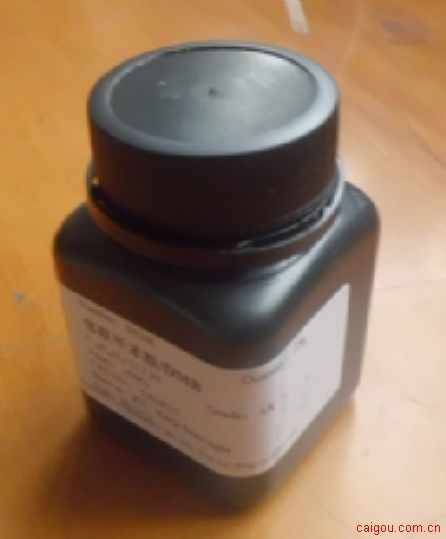
Pixel is the smallest unit of measurement of microscopic image analysis system. Through it, we can not only get the geometric shape information in the range to be measured, such as area, perimeter and diameter, etc., but also measure the substance according to whether the sample can absorb or emit light The total content. In histochemistry and immunohistochemistry, fluorescein is commonly used to label substances, so that the measured substances produce colored fluorescence for analysis. In addition, in the in situ hybridization technique, specimens using autoradiography can also be analyzed as microscopic image analysis systems as luminescent tissue cell samples.
(1) Measurement of tissue samples
For the light-absorbing tissue cell sample, the image analysis system can express the measurement result of the cell test substance with at least the following three parameters:
1. Integrated optical density (IOD), also known as integrated absorbance, is the sum of the absorbance of each pixel in the measured range. It expresses the total content of the light-absorbing substance of each pixel in the measurement range. The measurement range can be area or volume.
2. The average optical density (average optical density, AOD), also known as the average absorbance, is the arithmetic average of the absorbance of each pixel in the measured range, expressing the average level of the absorbance of each pixel in the measured range, which can reflect the range The degree of staining.
3. The average optical density variance is an indicator that reflects the difference in the dyeing depth of the pixels in the measured range. It is called the average optical density variance (variance of average optical density), which expresses the degree of dispersion of the absorbance between the pixels in the measured range.
(2) Measurement of luminescent tissue cell samples
For luminescent tissue cell samples, the image analysis system can also express the measurement results of the cells to be tested with the following three parameters:
1. Integrated light intensity (integrated light intensity) is the sum of the light intensity of the pixels in the measured range. It expresses the total content of luminescent substances of each pixel in the measurement range, and the measurement range can also be area or volume.
2. The average light intensity (average light intensity) is the arithmetic average value of the light intensity of each pixel in the measured range, expressing the average level of the luminous substance content of each pixel in the measured range, which can intuitively reflect the brightness of this range.
3. The average light intensity variance is an indicator that reflects the difference in brightness between the pixels in the measured range. It is called the average light intensity variance (variance of average light intensity), which expresses the degree of dispersion of the light intensity between the pixels in the measured range.
Thermal Ctp Plates,Photopolymer Digital Plate,Single Layer Thermal Ctp Plate,High Resolution Ctp Plates
SUZHOU HUAGUANGBAOLI PRINTING PLATE CO.,LTD , https://www.huabaoiguang.com